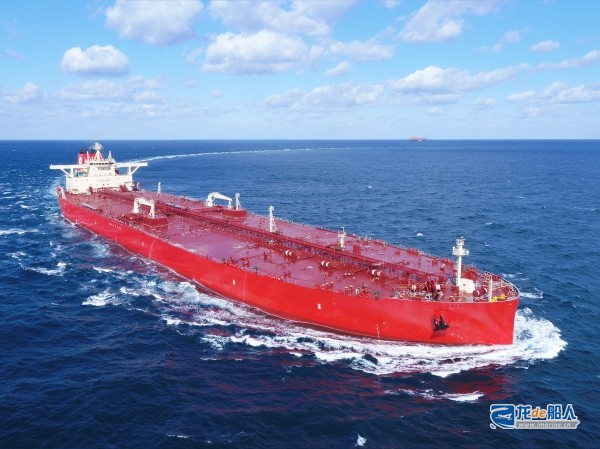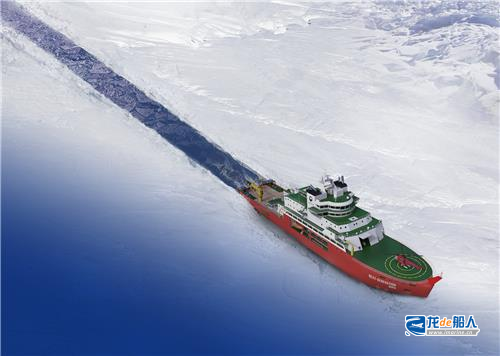On July 29, Hanwha Ocean announced that it had signed a contract with an Oceania shipowner to build two very large crude carriers (VLCCs). The order is worth 353.6 billion won (approximately US$254 million), with each vessel costing approximately US$127 million. Delivery is expected by January 31, 2028.

The new vessels are equipped with fuel emission reduction devices developed independently by Hanwha Ocean, which are designed to improve energy efficiency and reduce carbon emissions in order to comply with increasingly stringent environmental regulations.
Clarksons data shows that Hanwha Ocean is the world’s largest VLCC shipyard, having delivered 198 of the 1,015 VLCCs currently in operation, accounting for 19.5% of the global fleet.
With the latest orders, Hanwha Ocean has received orders for 10 VLCCs so far this year, ranking first among global shipyards.
On the same day, the Polar Research Institute of Korea Ocean Research & Development Institute of Korea Ministry of Maritime Affairs and Fisheries announced that it had formally signed a contract with Hanwha Ocean for the construction of South Korea’s next-generation icebreaker research vessel, at a cost of 250 billion won (approximately US$180 million). The vessel is expected to be completed and delivered in December 2029 and put into service in the Arctic in the summer of 2030.
The new-generation icebreaker research vessel has been designated a national project in South Korea, with a total tonnage of 16,560, more than double that of South Korea’s first active icebreaker research vessel, the Araon (7,507 total tons), and its icebreaking capacity will also be increased by more than 50%.

The new vessel is equipped with icebreaking capabilities capable of breaking through 1.5-meter-thick ice layers, classified as a PC 3-class icebreaker with bidirectional icebreaking capabilities; it will be designed to operate normally in extreme cold environments as low as -45°C; it will be fitted with an environmentally friendly LNG-MGO (low-sulfur fuel oil) dual-fuel system to reduce carbon emissions. To support researchers in conducting long-term scientific research activities in extreme environments, onboard living facilities such as cabins and restaurants will meet top passenger vessel standards.
With the delivery of this vessel, the issue of excessive workload for tasks such as polar research and base supply in South Korea has been resolved, and the actual period available for research is expected to expand from the current 40 days to three to four times that level.
The Minister of Maritime Affairs and Fisheries of South Korea stated, “The next-generation icebreaker research vessel, built with South Korea’s world-class technology, will serve as the cornerstone for promoting scientific research, resource cooperation, and other forms of Arctic cooperation. Starting with this vessel, we will continue to accumulate the infrastructure and empirical data necessary for the sustainable use and safe navigation of Arctic shipping routes.”


